“Information Hygiene in 2023. New Challenges” is the text version of the InfoLight.UA project lecture, which took place on February 15, 2023. We are publishing the first part and the recording of the lecture.
Information warfare is the manipulation of information trusted by an object without the object’s knowledge in order to make the object make decisions against its interests, but in the interests of the one conducting the information warfare. In other words, it’s not easy to say on Rasha Tudei that without Russian gas, Europe will freeze. It is to make everyone believe that such a statement is an objective reality.
Information warfare is the operation with the unknown for an object when there are no criteria for objective assessment of information. When – “there has always been Russian gas,” and presenting the discussion around this as a reality in which everything is fine, with the unknown.
Information warfare is about modeling and manipulating fear. This is an exaggeration of the risks. This is creating panic.

In a well-designed campaign, we won’t even know when the information warfare started, how strong or destructive it is, and when it ends. We will only see its consequences if it is combined with conventional war.
In a structured way, this is manipulation of the masses, the purpose of which is most often to:
- introducing hostile, harmful ideas and views into the public and individual consciousness;
- disorientation and disinformation of the masses;
- weakening of certain beliefs and customs in order to present them as one’s own;
- intimidating their people with the image of the enemy;
- auxiliary or accompanying in conventional warfare;
- intimidating the enemy with its power.
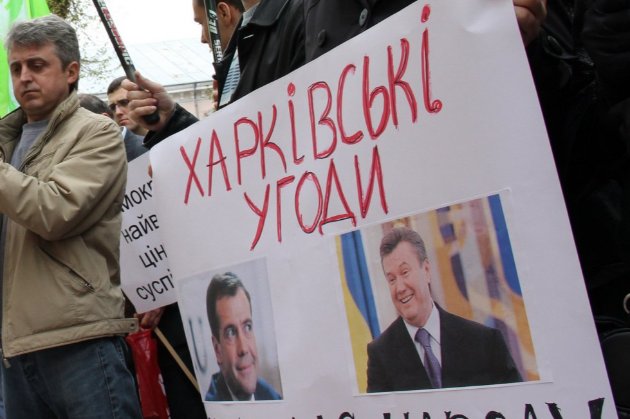
It was the information war that preceded both the full-scale invasion of Ukraine and the events of 2014. Let’s recall the myths about “Banderites” who would exterminate Russian speakers, which appeared far before 2014. In fact, it can be argued that preparations for the invasion of Ukraine began immediately after Yanukovych’s defeat in 2004. It was then that Russia launched an active information war against Ukraine, and in 2007, at the Munich Conference, Putin actually declared war on the world order in force at that time and consistently implemented a plan to seize first Georgia and then Ukraine. And it will obviously not be limited to these countries.
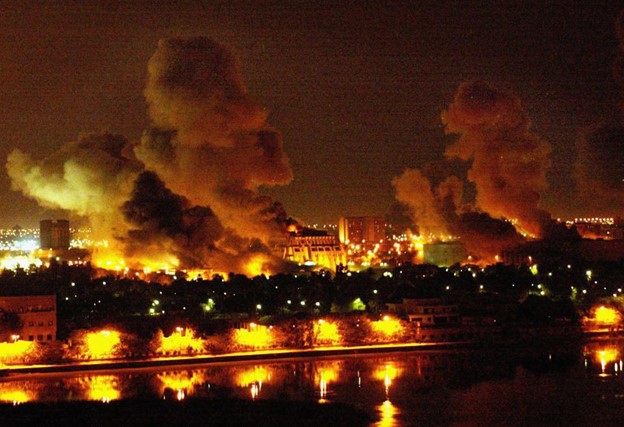
Considering the attack on Ukraine in February 2022, it is worth noting its similarity to the US-led coalition’s operation called “Shock and Awe.” Shock and awe is a military doctrine based on the concept of “rapidly achieving superiority.” It was used by the US Army during the campaign in Iraq. It was developed in 1996 by James Wade, director of the Institute for Defense Studies and Technology, and Harlan Ullman, a fellow at the Center for Strategic and International Studies.

The bottom line is that the target is not only the enemy’s troops, but the entire society as a whole. The war is being waged for several audiences at once: one’s own, the enemy’s, and the rest of the world community. Initially, all three audiences are prepared to accept that military action is inevitable and justified. The United States articulated the presence of weapons of mass destruction in Iraq, Russia – the presence of Nazis in Ukraine, who are destroying the “peaceful Donbas”. And this is just one example of the disinformation launched by the enemy against Ukraine during this period.
After the narrative about the inevitability of the military phase has been formed for all audiences, the attack itself takes place – rapidly, with the simultaneous use of all available weapons and means of destruction (except for unconventional ones). Do you remember the morning of February 24? It is worth noting that the coalition’s operation in Iraq followed a similar scenario, and Putin’s actions can be considered a bad cosplay of the Americans’ actions. Bad – because Putin failed.

It didn’t work, because in information warfare it is extremely important to realistically assess the enemy’s resilience, its psychological characteristics, and to be able to predict reactions, both individual and collective. According to the Kremlin’s calculations, Ukraine’s leadership was supposed to flee immediately, the army was supposed to start surrendering, and the population was supposed to be met with at least neutrality. We remember that in the first weeks of the full-scale invasion, Ukrainians in the occupied territories held numerous rallies, stood in the way of military equipment, and burned it with cocktails.
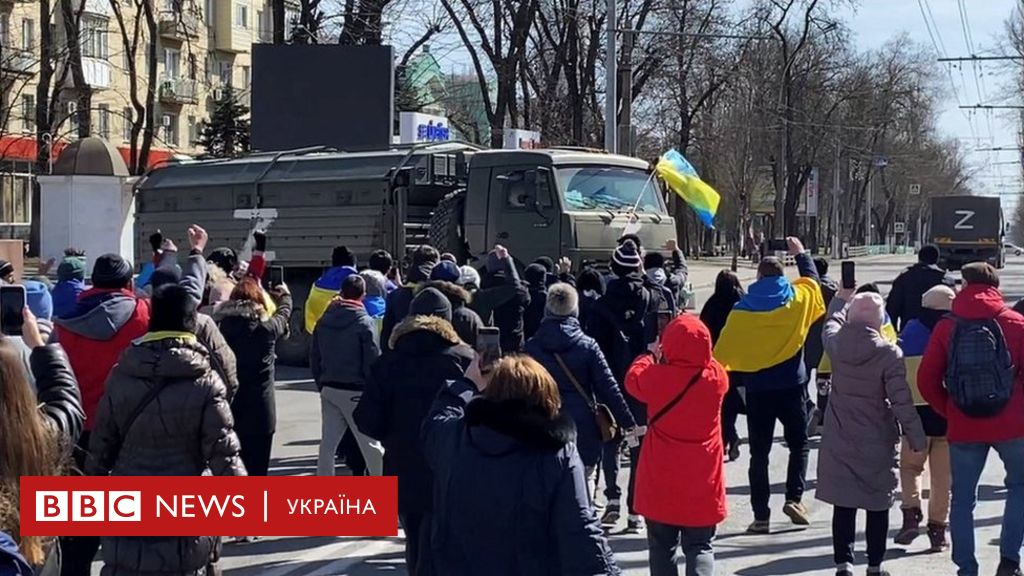
We also remember the information counteraction, when we were all proud of the resilience of unknown Ukrainians in the path of the enemy, the jar of cucumbers that shot down a Russian drone, and the gypsies and farmers who stole/wrestled Russian equipment. Some of these stories were true, some were myths, and, after all, although there were no Russian tanks or other armored vehicles on the territory of Kyiv, we all know that the Troyeschyna boys “squeezed them out.”

This counter-propaganda made the enemy look ridiculous, clumsy, weak (a jar of cucumbers is shot down by a drone), and therefore not scary, which can and should be successfully countered. Which the Ukrainians have successfully done. There are different ways to assess the country’s preparations for war, but criticizing the government is not the purpose of this lecture. We are now focusing on successful transactions.

Information and psychological operations (PSYOP) is a word we have been hearing a lot lately. And it should be understood that each of us was involved in one way or another in either the Russian or Ukrainian ISDS. Let’s find out what it is.
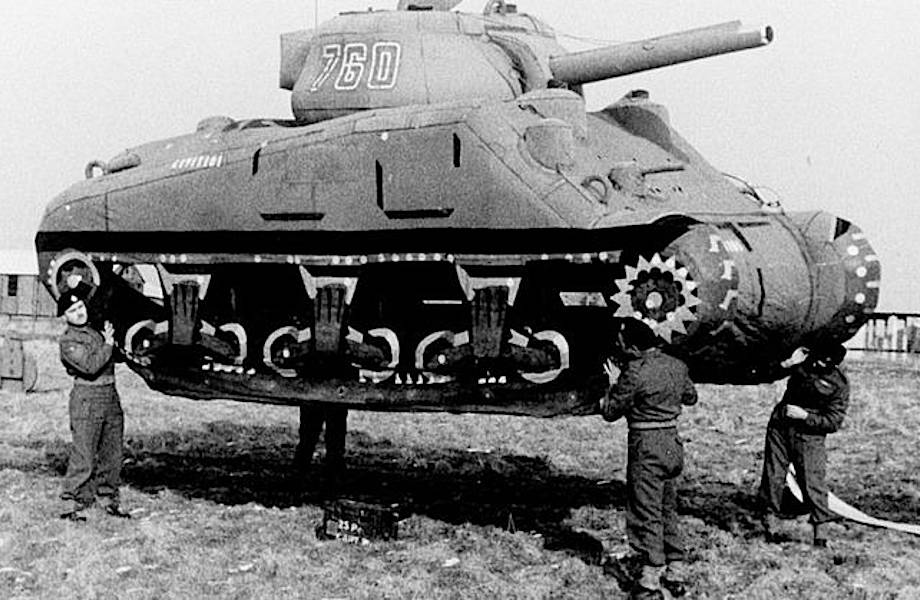
In the classical sense, these are planned actions to influence mostly foreign audiences in order to change their feelings, motives, and ultimately to adjust the activities of the governments, organizations, groups, or individuals concerned.
The main subjects of the EITI are:
- The leadership of a foreign state;
- Foreign intelligence services and their agents;
- Mass media (foreign and controlled domestic);
- Non-governmental organizations (foreign and controlled domestic);
- Internet resources.
Information and psychological operations in time of war or as preparation are carried out on the following main “audiences”:
- on their troops (the goal is to ensure the psychological readiness and emotional and volitional stability of soldiers and officers to perform combat missions);
- on enemy troops (the goal is to make the enemy unprepared to perform combat missions);
- on the civilian population of their country and the enemy country (the goal is to ensure support, loyalty, and, in extreme cases, non-interference in the actions of the troops);
- on the leadership and population of foreign countries (the goal is essentially the same: to ensure support, favor, and, in extreme cases, neutrality with regard to your country’s military and political actions).
The means of information and psychological operations include, in particular:
- disinformation;
- propaganda;
- exaggerating certain information or downplaying other information;
- sabotage in the rear;
- cyberattacks.
In simple terms, IPSO is the action of an adversary when, for example, you are forced to do something in their favor, while you are sure that you are acting of your own free will. This is the first classical application of IPSO, and linear circuits and tools do not always work here. Of course, it is inappropriate and too early to discuss the actions of the Ukrainian special services, but we must understand that they are taking place, and given the overall course of hostilities, we are working as well as the enemy.

Taking examples from history, we can recall the well-known “I’m coming to you” from Prince Sviatoslav. During the reign of Sviatoslav the Brave, Kievan Rus was a state with a strong army, and this message was meant to intimidate Sviatoslav’s enemies before he came to them with an army. This is the second classic application of IPSO – changing the behavior of the enemy directly on the battlefield.
Also in our previous lectures in 2022, a representative of the Center for National Resistance spoke about such examples from recent history as the Army of Ghosts in World War II and the Act of Proclamation of the Ukrainian State by the OUN (b) on June 30, 1941.
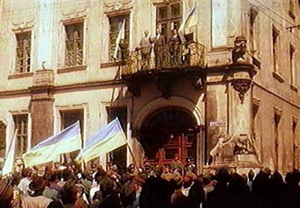
We encourage everyone to watch this lecture, as well as all our other previous lectures.
You can join our lectures by filling out a form:


Leave a Reply